Visa upgrade at heart of fresh approach to tourism
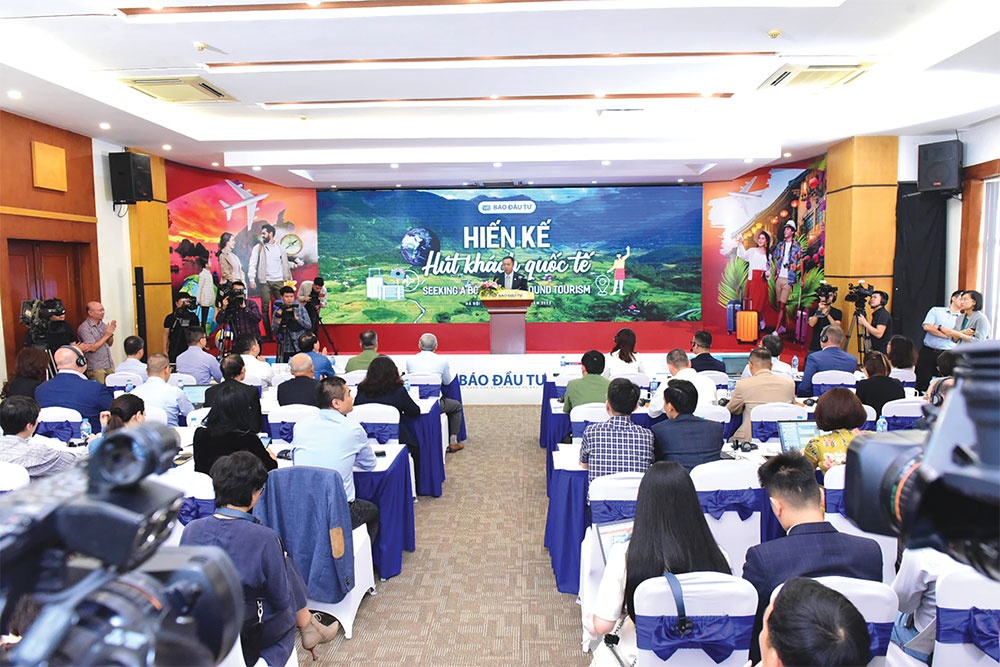 |
| Visas, service quality, and technology were all part of discussions on a better-performing tourism sector Photo: Cuong Minh |
May’s National Assembly session is likely to help push ahead a revamp of the country’s rules on entry and exit for foreign visitors, after the Ministry of Public Security crafts amendments to the current law.
The development will be an important basis for the issuance of new regulations related to the visa policy, removing difficulties for the tourism industry, and creating conditions to attract more international visitors this year, according to most observers.
Dang Tuan Viet, deputy director of the Ministry of Public Secrutity’s (MoPS) Vietnam Immigration Department, said that the proposal emphasised two major areas related to unilateral visa exemption and electronic visa policy. The MoPS also proposes to expand the number of countries that can issue e-visas from 80 countries to the maximum.
The MoPS will also ask to increase the temporary stay period for e-visa holders from 30 to 90 days, valid for single or multiple entry depending on request, to create favourable conditions for foreigners wishing to stay in Vietnam for up to three months.
Foreigners wishing to continue to stay for more than three months will be handled in accordance with the law, while the temporary residence duration of citizens from countries that are unilaterally exempted from visas in Vietnam will be doubled, from 15 days to 30 days.
“The expansion of the applicable subjects, and value and duration of the e-visa policy will contribute to attracting more foreigners to Vietnam to travel, seek investment and business opportunities, and create a driving force to promote the development of the economy and the tourism industry,” Viet stated at a tourism roundtable organised by Vietnam Investment Review last week at its headquarters in Hanoi.
Vital reforms
Updating visa policies and discussing solutions to promote Vietnam’s tourism to recover faster have been widely debated since the country reopened to international visitors just over a year ago.
At the tourism roundtable last week, VIR editor-in-chief Le Trong Minh said the recovery of international visitor numbers and general development of the tourism industry will bring many benefits in the current volatile economic conditions.
“Identifying the bottlenecks that need to be removed, and useful solutions that can be quickly deployed, especially in the visa issue, is the best way for the tourism industry to rejuvenate itself.”
According to information from the Vietnam Immigration Department, Vietnam is now applying a visa waiver policy for citizens from 25 countries, while Vietnam’s e-visa is currently available to nationals of 80 countries. Vietnam’s visa policy is much looser since extending the visa-free duration from 15 days to 30 days and doubling the number of countries exempted.
Non-nationals entering coastal economic zones such as Phu Quoc can enjoy a visa waiver and stay there for 30 days, and can enter without limitations on the numbers of entries.
E-visas were introduced four years ago through the portal of the MoPS. For a $25 fee and after three days of waiting, foreign visitors can stay up to 30 days. However, there are still barriers for countries that do not have an e-visa and are not exempt.
Deputy general director of Vietravel Nguyen Thi Le Huong said, “As a rule, visitors from countries that are not eligible for visa exemption must be accompanied by a local during their stay in Vietnam. This is the barrier that makes many international tourists choose other destinations instead.”
Tourism experts often compare Vietnam with Thailand, a neighbouring country that possesses many similarities in climate, culture, and natural resources, but is a symbol of tourism in Southeast Asia with aggressive, creative, and open tourism development policies.
Thailand currently waives visas for citizens of 64 countries and territories and allows visitors from certain countries to stay for up to 90 days without a visa
According to Bui Doan Ne, deputy chairman of the Vietnam Aviation Business Association, making the visa policy more convenient is a way to increase the competitiveness of Vietnam’s destinations.
“The tourism industry needs to strengthen the application of technology, improve the process for electronic visa issuance, and simplify entry, exit, and customs procedures at the border gates,” he said.
Boosting services
Meanwhile, Martin Koerner, head of the Tourism Working Group at the Vietnam Business Forum (VBF), advised Vietnam to make changes in policy to improve the quality of services.
“In addition to the complicated and restrictive visa policy, the long waiting time at immigration checkpoints at international airports, especially in Ho Chi Minh City and Hanoi, are also challenges for tourists,” Koerner said.
“Vietnam should add special movement lanes for priority passenger groups, and increase the number of immigration officers and scanners. The design and layout of the counters and entry areas are not impressive and not hospitable,” he added.
Koerner also recommended opening more international routes directly from key markets to Vietnam and vice versa. For visitors from major tourist markets with direct flights such as the US, China, and India, the tourism industry should soon have an agreement on a bilateral long-term visa policy with a duration of 5-10 years, similar to the long-term visas that some countries have been issuing to Vietnamese citizens.
Vietnam’s tourism industry targets welcoming eight million international visitors by the end of 2023, but to achieve this goal, besides appropriate solutions, adequate and speedy implementation is the decisive factor.
According to Phan Duc Hieu, permanent member of the National Assembly Economic Committee, although solutions to solve difficulties for the tourism industry are incomplete, the tourism industry is capable of making significant changes.
“If we can do that, I believe that the goal of attracting eight million international visitors this year can be achieved, and even up to 10 or 12 million visitors is possible,” Hieu said.
| Phan Duc Hieu - Permanent member National Assembly Economic Committee | |
Policies related to tourism are not only the law on tourism, but also related to the immigration law and many others. For example, in terms of resort tourism, I immediately think of land, housing, and planning policies to create opportunities for businesses to develop resort facilities and transport infrastructure to increase connectivity. In policy formulation, it is necessary to think about tourism development and factors affecting policies to remove bottlenecks. I think that the target of welcoming 8-10 million tourists set by Vietnam’s tourism industry is not as important as the way of realising this target. Thailand has acted strongly and fiercely when setting the goal of opening the economy within 125 days with the Phuket sandbox project, and they have done everything to make it happen. Last year, Vietnam also set a goal of reopening tourism to overseas visitors, provided that the pandemic was controlled, but the difference in thinking is a barrier that prevents the tourism industry from making a breakthrough. We will always be behind if we keep looking at the success of surrounding countries. To really make a breakthrough, the tourism industry needs to dare to do new things for other countries to follow. To make a change, the industry needs to change its mindset to act more aggressively. | |
| Ha Van Sieu - Deputy director general Vietnam National Administration of Tourism | |
Vietnam is on the path of improvement and transformation. There will be a government resolution about solutions to promote tourism, and there can be short-term solutions as well as long-term ones. In the near future, Vietnam will complete the planning of its tourism industry towards 2030. All of these directions are in terms of tourism development perspectives, objectives, and key solutions. Recent discussions have delved into specific solutions, including the removal of bottlenecks around visas, immigration procedures, and links between the parties. I believe if we maintain ongoing discussion, we will find common ground and make progress on improving policies. The tourism authority will take note of all ideas and solutions and guide Vietnam’s tourism businesses to continue investing and learning to adapt to new trends. Together, we work closely with ministries, sectors, localities, and businesses to invest, create, and build Vietnam into a high-class destination where the quality is worthy, and the price is affordable. Thus, more international visitors will return to Vietnam. | |
| Vo Huy Cuong - Former deputy head Civil Aviation Authority of Vietnam | |
It is necessary to determine the position of Vietnam on the current geopolitical map and in the next few years. Visitors from China, South Korea, Japan, Australia, India, and ASEAN are important in the context of global fluctuations. Indonesia, India, Thailand, and Singapore are making huge investments to promote tourism. Vietnamese airlines should maintain stability and increase flight frequency in Northeast Asian markets, Australia, and India, and create good general conditions for international flights to/from Vietnam The quality of services is the most important aspect, especially the attitude of service providers in Vietnam to international and domestic tourists. The tourist environment should be friendly whether dealing in accommodation, meals, sightseeing, or shopping. Other common needs of visitors should be met, such as power sockets, Wi-Fi in hotels, and non-cash payment. To attract international tourists efficiently in the long-term term and sustainably, it is recommended that Vietnam urgently increase the quality of services that tourists need, such as accommodation, sightseeing options, dining, safe shopping, and good prices, among others. | |
| Erwin R. Popov - General manager Hanoi Daewoo Hotel | |
That’s why visas must be simple, with multi-entrance so that people really have time to get around. Vietnam has a big opportunity now. Of course, there are always restrictions but if we want to have customers, these procedures must be very easy and fast, not time consuming and also money consuming. China’s market is a big and an important market. However, we cannot focus only on one market. We have to be flexible enough as we have seen what happens if you are dependent on only one market and something happens that is economically damaging. That’s why we have to ensure an open-door policy for all nationalities and destinations. | |
| Dang Tuan Viet - Deputy director Vietnam Immigration Department Ministry of Public Security | |
It also proposes to increase the temporary residence period for e-visa holders from 30 to 90 days, valid once or multiple times at the request of foreigners, creating an opportunity for foreigners to enter Vietnam for up to three months. Foreigners who wish to continue to stay for more than three months will be considered and handled in accordance with the current law. At the same time, the MoPS also proposes to extend the temporary stay period for citizens of countries that are unilaterally exempted from visas by Vietnam from 15 to 30 days. Tourist visa validity remains the same for three months. Thus, tourists can enter and exit many times instead of only once as before. The government will issue a list of countries and territories with citizens who are granted e-visas, a list of international border gates that allow foreigners to enter and exit by e-visa. While the related legal documents have not yet been revised, the MoPS has proposed the government to include the above-mentioned contents in the resolution of the incoming National Assembly meeting this May and proposed for comments at the sixth meeting in October. | |
| Hoang Nhan Chinh - Secretariat director Vietnam Tourism Advisory Board | |
This is a big opportunity for the tourism industry to restructure the tourist market. We believe the industry will bounce back quickly and contribute more to GDP growth, not just 9.25 per cent like in 2019. We have to think about attracting high-paying tourists. In 2019, Vietnam reached a record high number of more than 18 million international arrivals, with the average spending of international visitors in Vietnam about $1,200 per person and the average length of stay about nine days. In the same year, Thailand welcomed nearly 40 million international visitors, the average spending was $2,500 per person, the length of stay in Thailand was similar to that of Vietnam. It is necessary to research to understand the customer and the market before building the right product. Recently, when we consulted the surrounding countries about the tourism market, I found that Vietnam needs to change its products to maximise its advantages, and it needs to come up with short-term and long-term development plans. The number of international tourists could double at a growth rate of around 25 per cent annually with a better visa policy and direct flights. In the medium term, the tourism industry must build a master plan on product development, develop a marketing plan, perform human resources training, strengthen destination management and promote digital transformation in the tourism industry. Through market research results, international tourists now tend to go less in large groups but often in small groups, and tourists are also choosing to stay in one country longer than experiencing multiple countries like before with the rise of green travel. The rate of international visitors returning to Vietnam is only at 25-30 per cent, while Thailand reached an average of 70 per cent. To attract tourists to come back again, it is necessary to provide a good experience for visitors, which requires good destination management. In addition, businesses need to report to the management agency to remove technical barriers and difficulties in attracting international visitors. Currently, Vietnam does not allow the opening of tourism promotion offices abroad, but we have opened a promotion office in the UK based on the contribution of businesses. I think that while there is no long-term mechanism, public-private partnerships can help solve many problems, especially in understanding the market and building suitable products for the target audience. |
 | Tourism in Vietnam can achieve more At the roundtable discussing how to boost tourism hosted by VIR today, experts agreed that Vietnam has yet to unlock its full potential as they shared various suggestions to remove the bottlenecks in the country's inbound tourism sector. |
What the stars mean:
★ Poor ★ ★ Promising ★★★ Good ★★★★ Very good ★★★★★ Exceptional
Related Contents
Latest News
More News
- The destinations powering Vietnam’s festive season travel demand (December 04, 2025 | 18:33)
- Vietnam named among the world’s most exciting winter destinations (December 04, 2025 | 15:10)
- Phu Tho emerges as northern Vietnam’s new tourism hub (December 01, 2025 | 17:00)
- Vietjet completes Airbus A320/A321 updates ahead of deadline (December 01, 2025 | 09:49)
- Vietjet resumes Con Dao flights from early December (November 28, 2025 | 15:24)
- Free tickets, Lunar New Year promotions on offer at Vietjet Mega Livestream (November 26, 2025 | 15:32)
- Scandinavian Airlines and Vietnam Airlines broaden agreement with new routes (November 25, 2025 | 17:04)
- Halong Cruise Port welcomes over 3,100 international visitors (November 12, 2025 | 18:06)
- Vietnam.travel climbs to second place in Southeast Asia website rankings (November 12, 2025 | 18:01)
- Cat Ba named among Southeast Asia’s top island adventures (November 11, 2025 | 18:09)

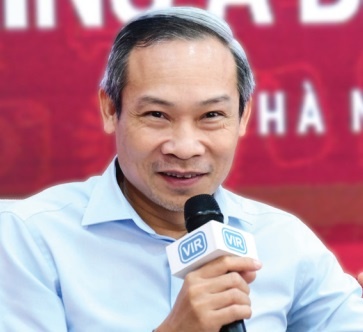
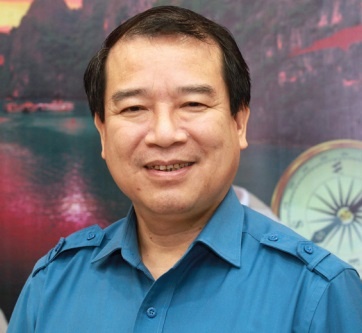
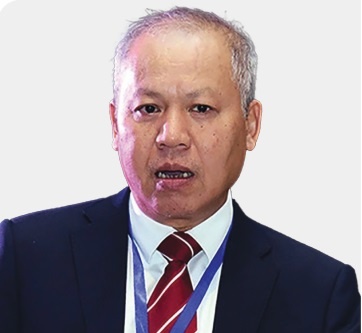

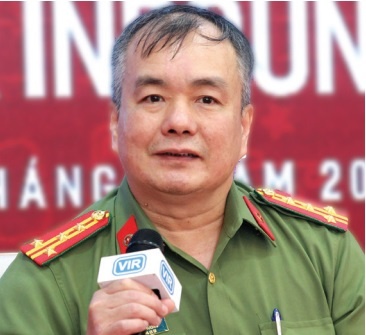
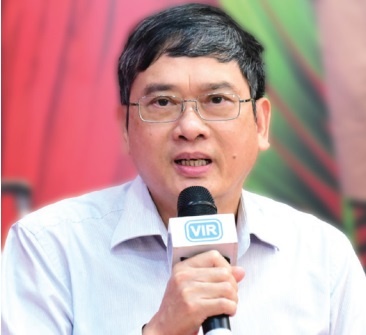
 Tag:
Tag:


















 Mobile Version
Mobile Version